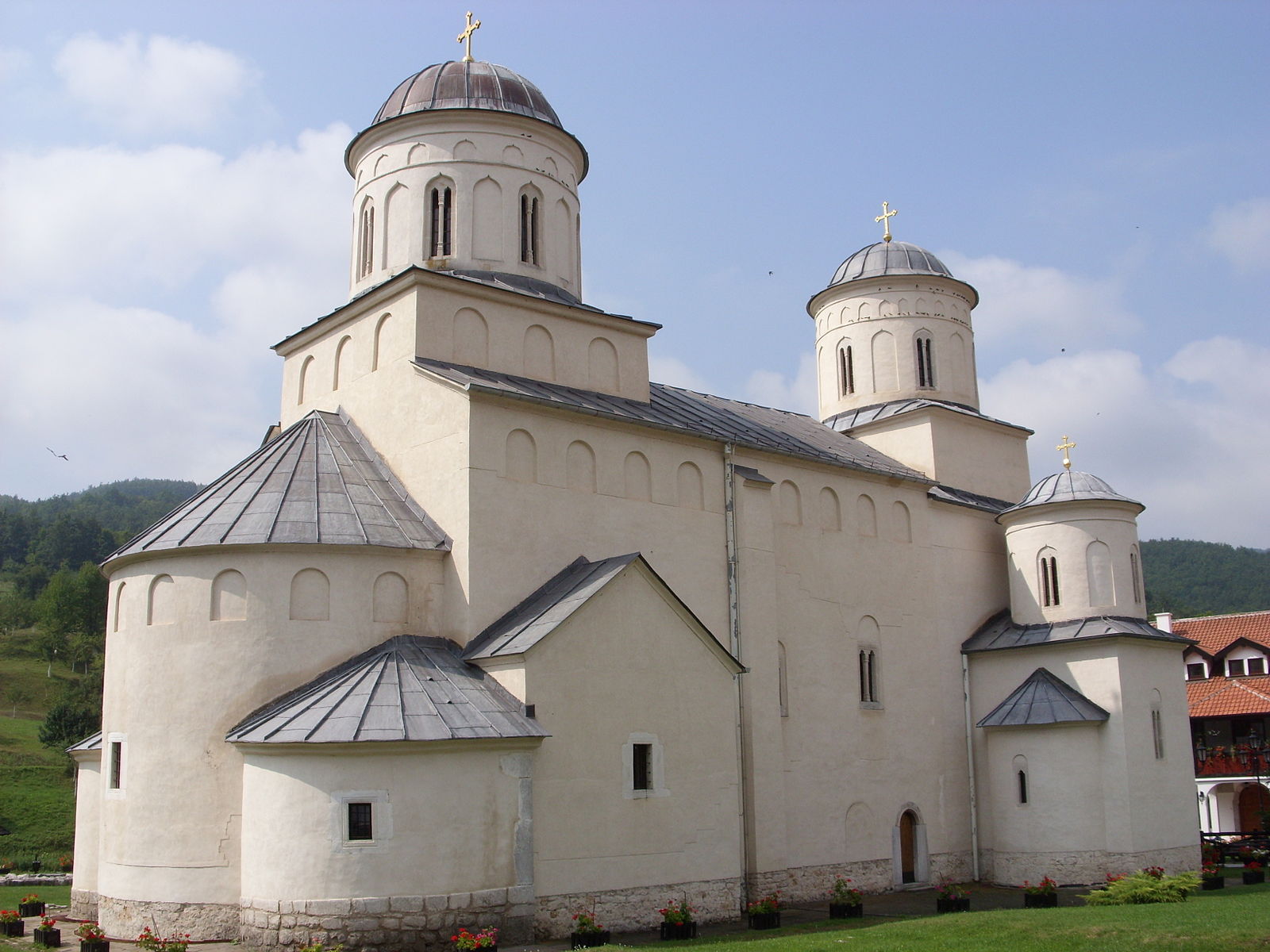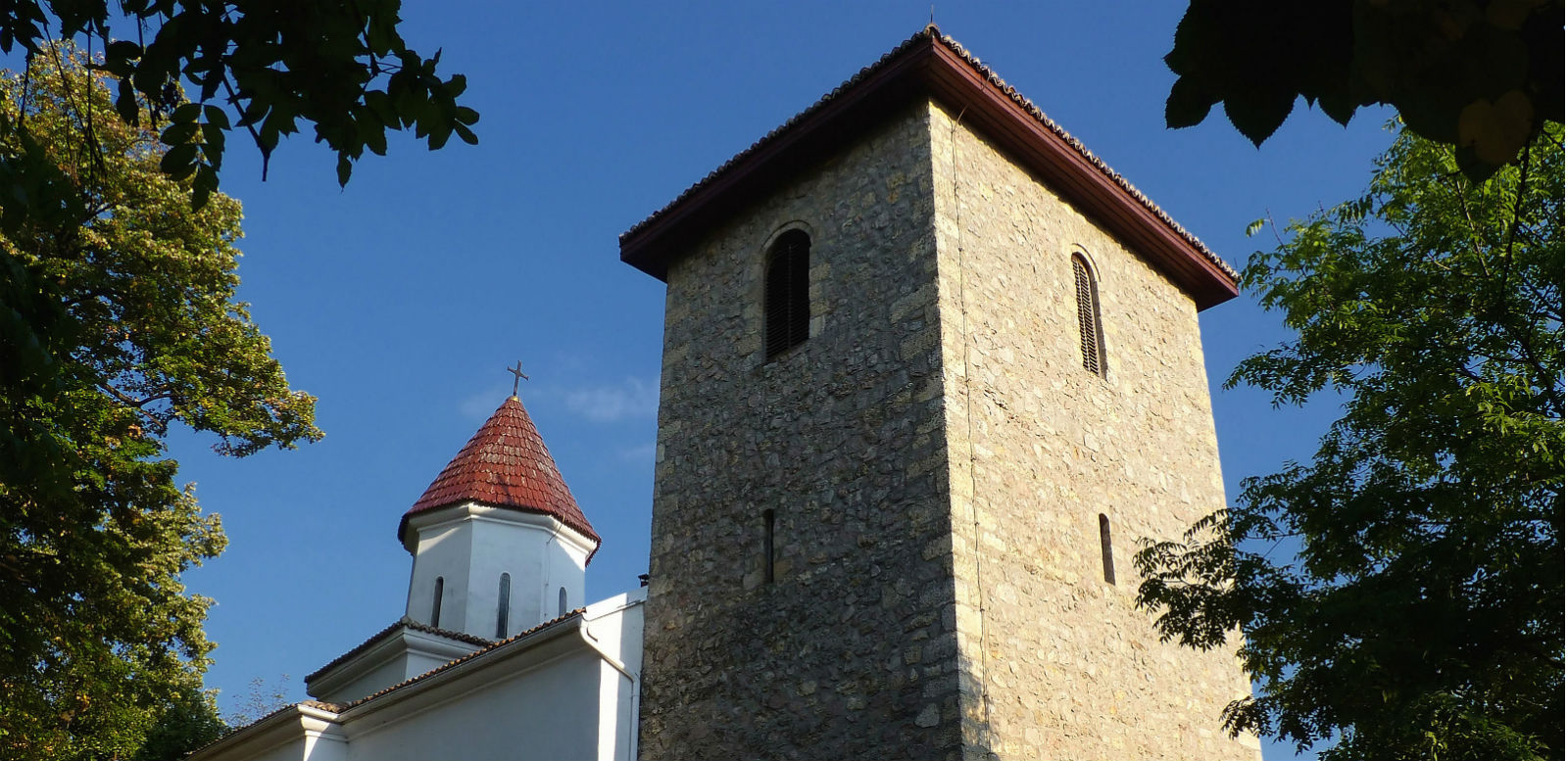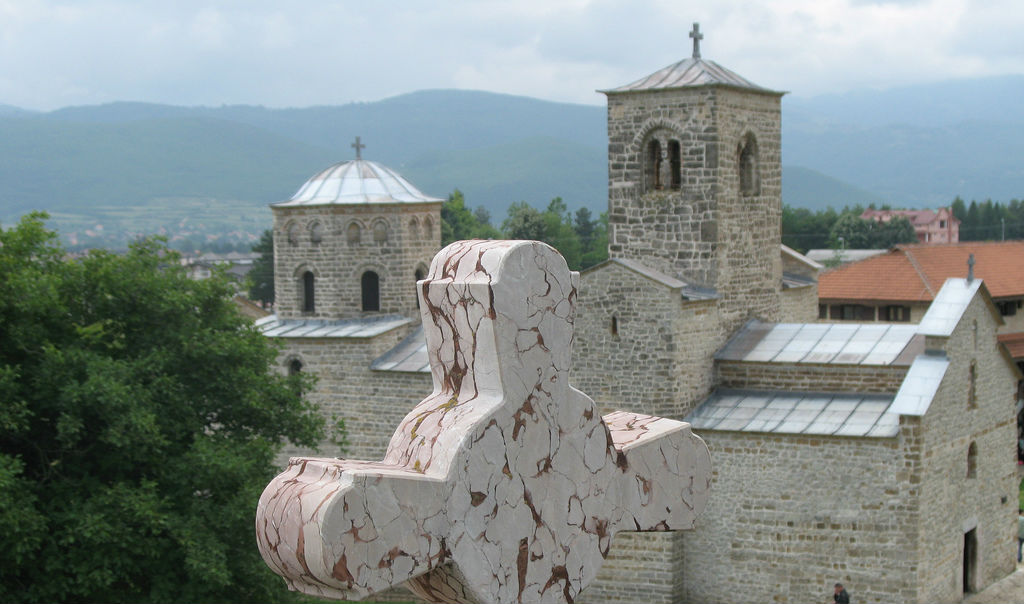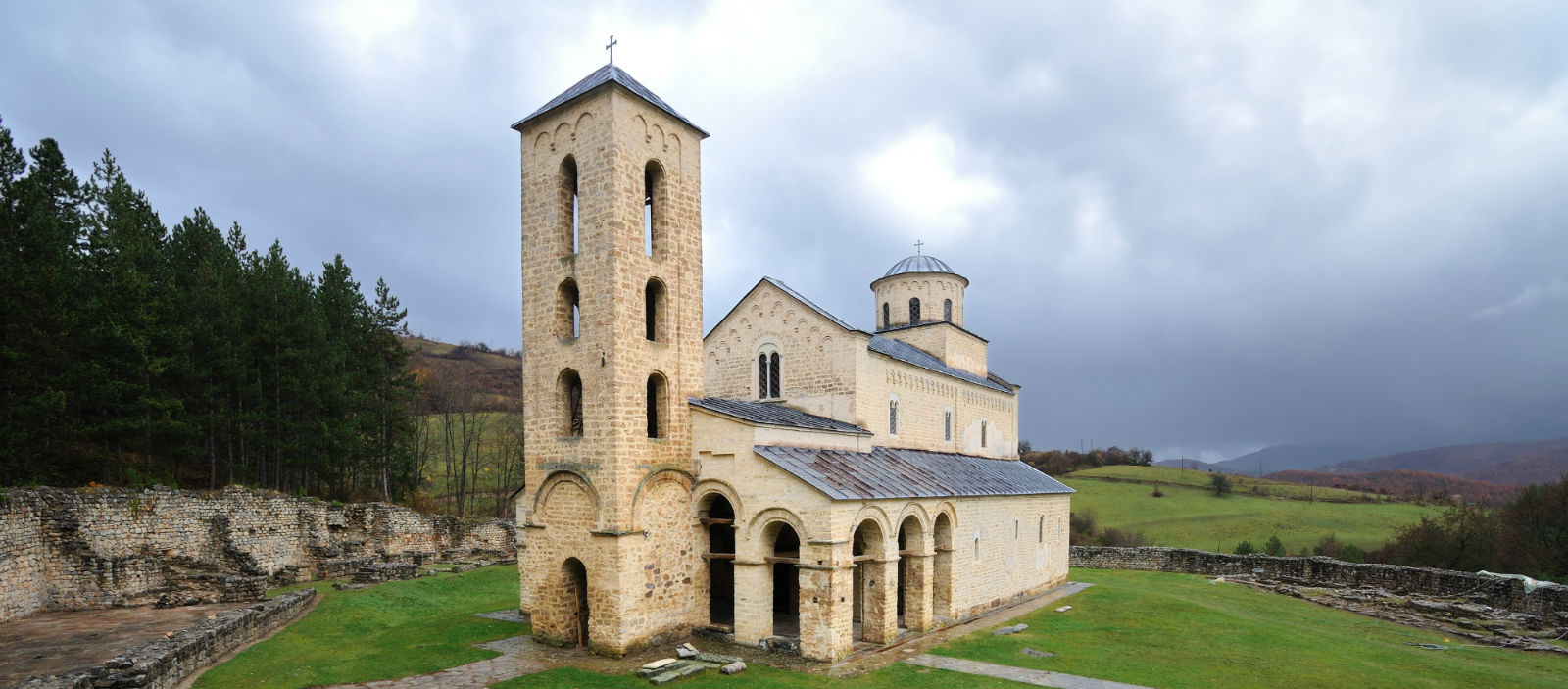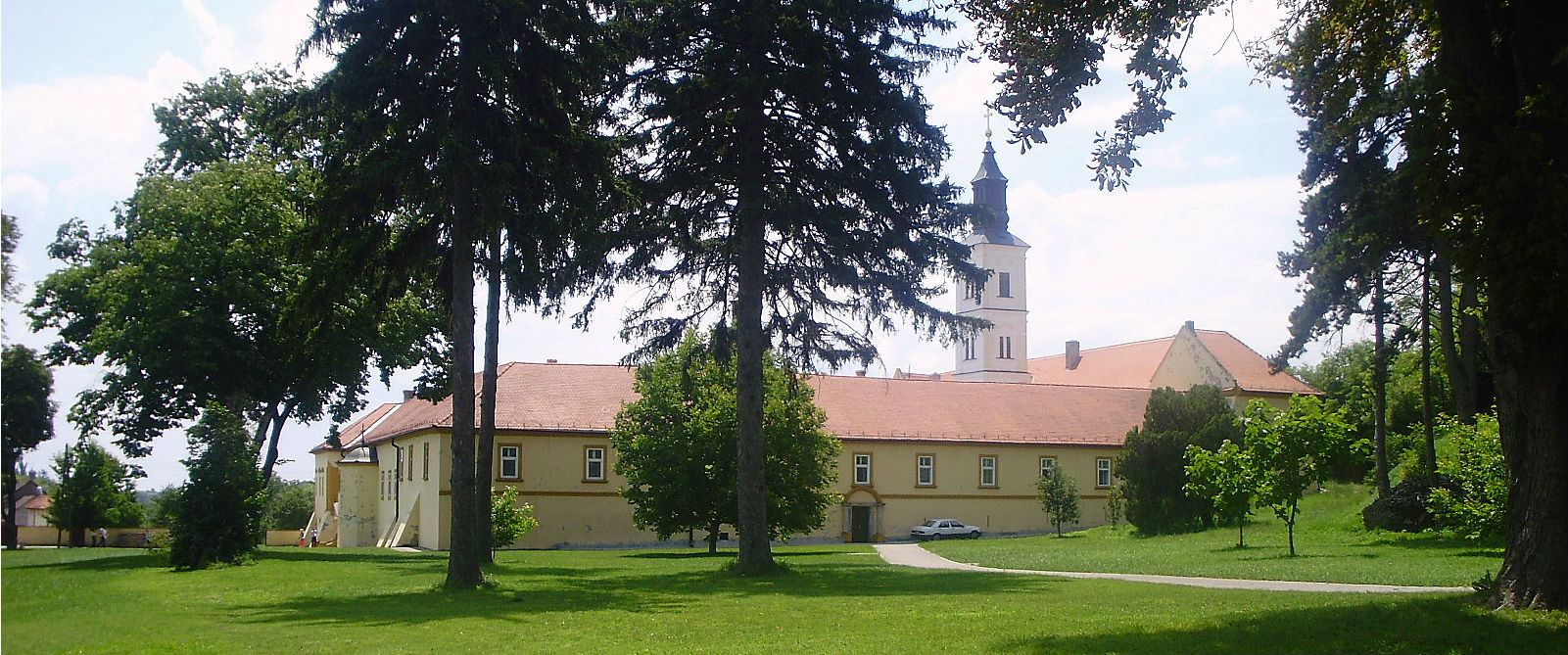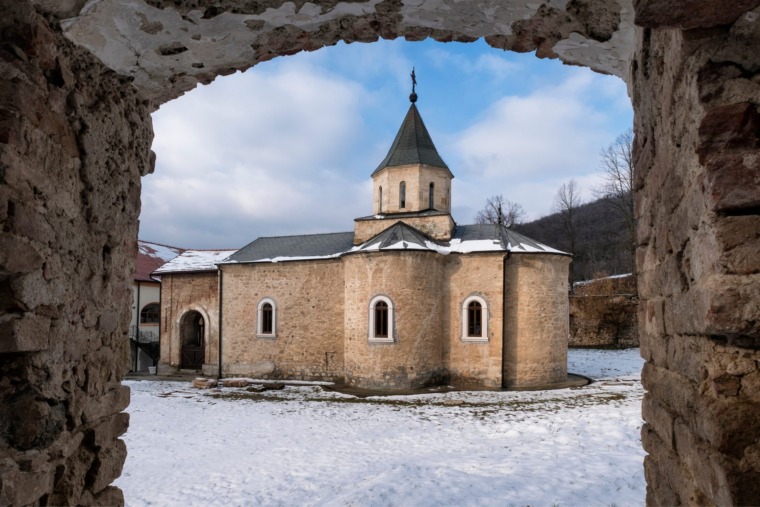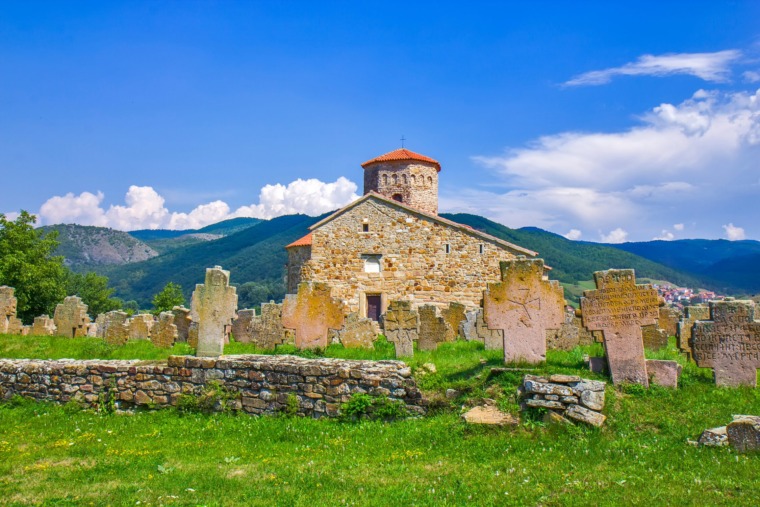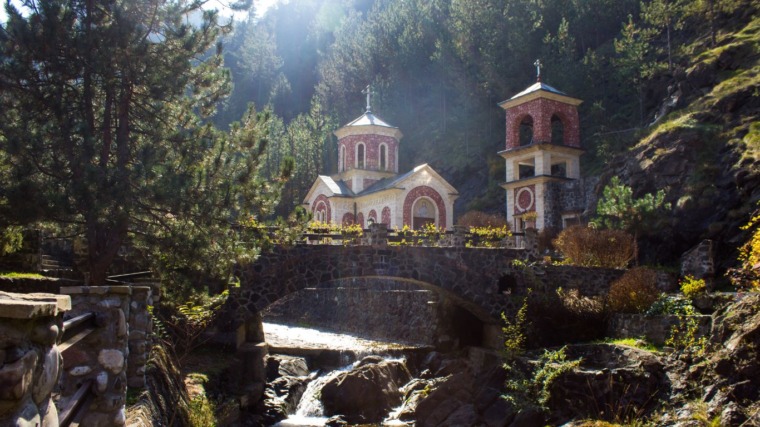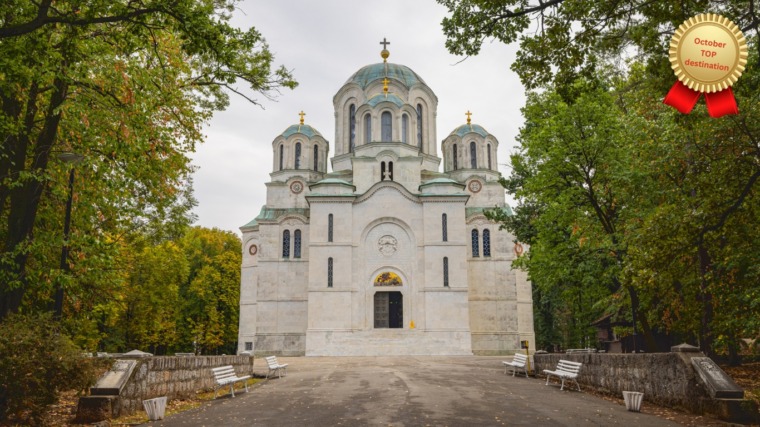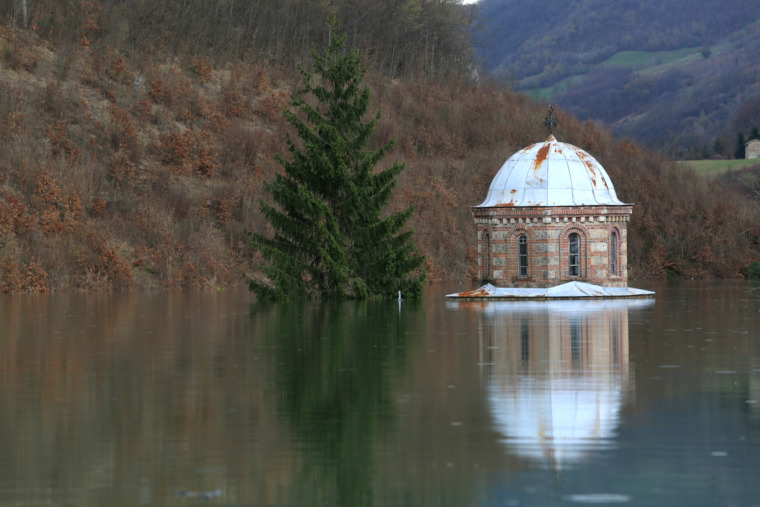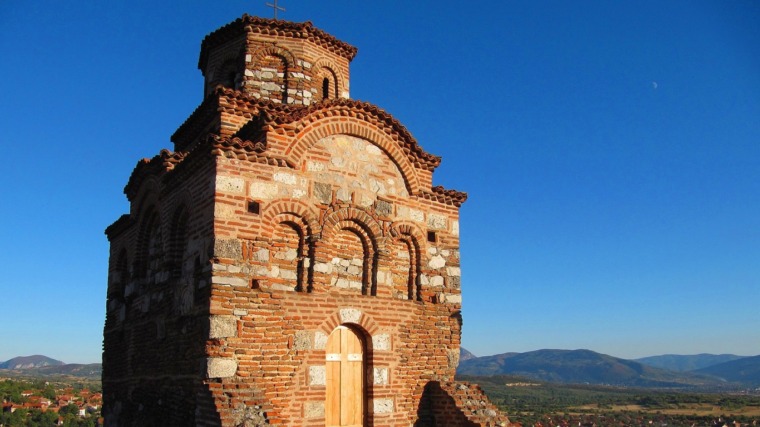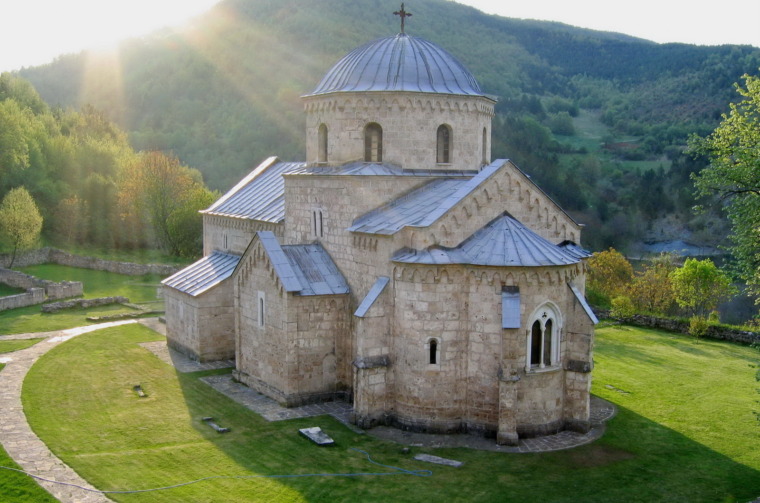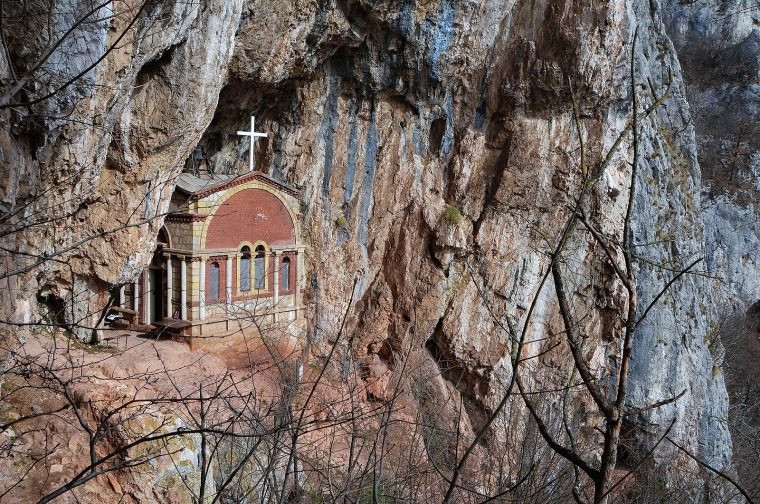At the top of the Oplenac’s hill, amongst the verdure of dense treetops, there lies one of the most beautiful European church-mausoleums ever built.
The Church’s interior is made of mosaics of a surreal beauty, which consists of 40 million glass pieces, and together they depict the 1500 figures from the most beautiful frescoes from Serbian monasteries. Another distinctiveness of this church made in theSerbo-Byzantine style is that there is located a crypt where 22 members of Karađorđević dynasty rest in a forever peaceful slumber.
The access to the church, which begins with a myriad of steep stairs starting from the Hotel Oplenac, gives the impression that you are climbing towards something exalted, highly important, and all in all sacred. Stairs and the pathway are outlined with massive stones, and everywhere your eyes take you, you are being surrounded by the splendid trees, verdant grass, and colorful flowers.
The scent of freshness gives the air its rich and beautiful aroma. Every meter of this road exudes with history and provides an indescribable feeling that you walk upon the earth on which have occurred both good and bad events, but which are certainly essential for the Serbian state and its people.
Construction of the church began in the year of 1910, and the original idea of its benefactor, King Peter I, was that the on the walls of the church were to be engraved all the names of the Serbian soldiers killed in the Balkan wars. That idea was soon abandoned because only in the World War I there were killed around 350,000 people, making it impossible to inscribe all the names of brave souls.
At the very top of the road, like its crowning jewel, stands the Saint George’s Church, elevated on the plinths. Venčac’s white marble with subtle yellow-green veins makes this church appear unrealistically white compared to the nature rich in colors that surround it. The door of heavy oak is coated in bronze, and gives the impression of massive size and security. West facade, where the entrance to the church is, rests adorned with a monumental portal in whose semicircle is located the mosaic icon of St. George. The icon symbolizes the victory of the Serbian people against its enemy. Above the door there is a massive coat of arms with a Karađorđević’s family motto carved upon it, which says: „God is my first hope. “
But what really causes the admiration and visitors’ obeisance is the church’s interior. Glass mosaic with over 15,000 different shades of color, in combination with the church’s natural light, together provide a sense of surreal beauty and admiration for what the human hand can craft. Between the Kardjordje’s and King Peter’s sarcophagus, in the very center of the temple, there is a massive chandelier, a crown mounted upside down.This upside-down crown symbolizes the great sadness of the Serbian people, due to the collapse of the Serbian empire on Kosovo in 1389, and which is made out of bronze and weighs somewhere around 3.300 pounds.
Made from the finest polished marble rich in colors, the church floor together with lavishly depicted ornaments makes the temple look rich and imposing, yet subtle and spiritual, since no interior surface has been left blank. The total area of the mosaic comprised of 37,000 square feet is outlined with the 725 painted compositions, and along with thousands of shades of colors and represents the harmony of one of the most memorable paintings ever made.
In the church’s lower part you will find a crypt where there were buried six generations of Karadjordjević dynasty. The crypt is composed of 39 graves with tombstones made from the Dečani’s onyx. In this crypt have been buried 22 members of the dynasty so far. The tomb was modeled after the Church of Saint Denis in Paris, and a special place in its crypt is reserved for a massive stylish candelabra molded in bronze and afterwards gilded.
Saint George’s Church on Oplenac represents the single specimen of a Serbian architecture from the early 19th century, which in itself has a collection of the most beautiful frescoes from many different Serbian monasteries, outlined in the most adorned mosaics. Perhaps the best evidence about the surreal beauty and the spirituality of this church-mausoleum, whose impressiveness leaves no one indifferent, is seen invisitors’ awed glances and deep, long sighs of admiration.



